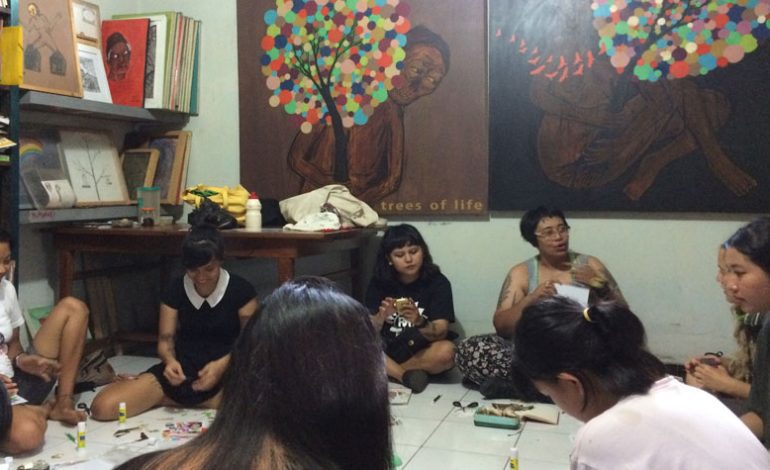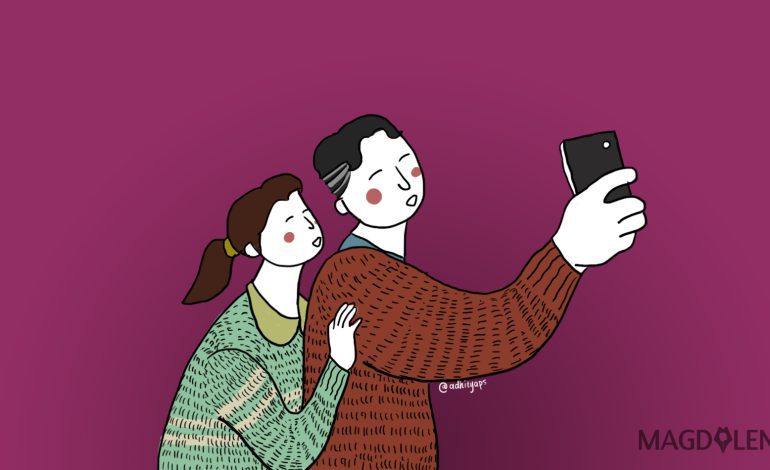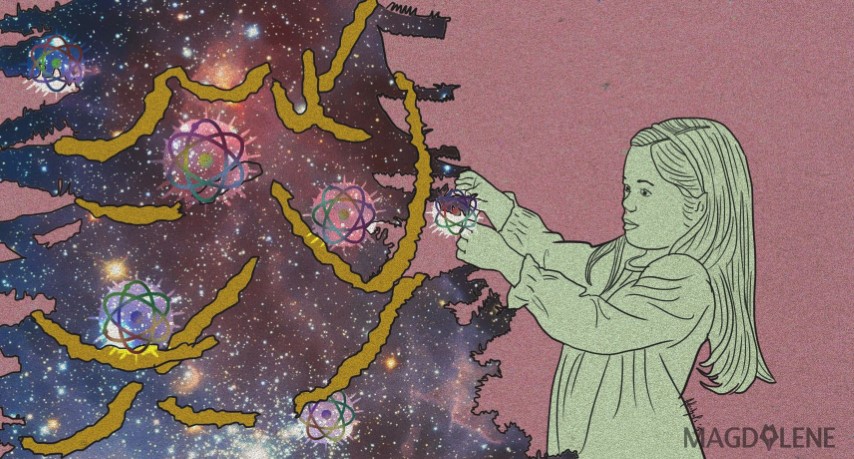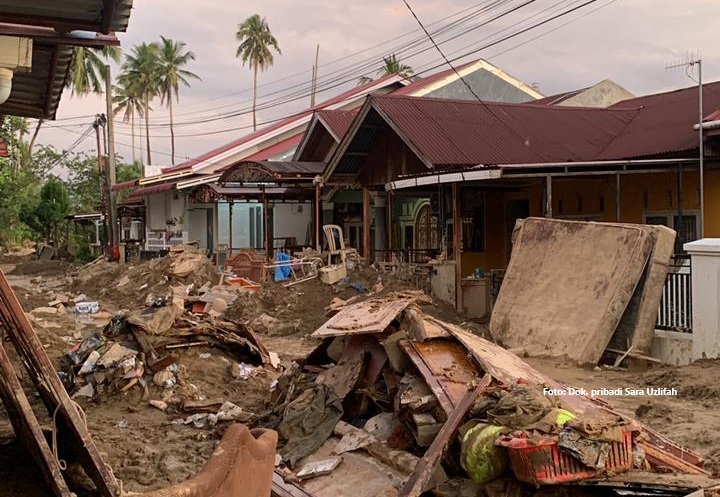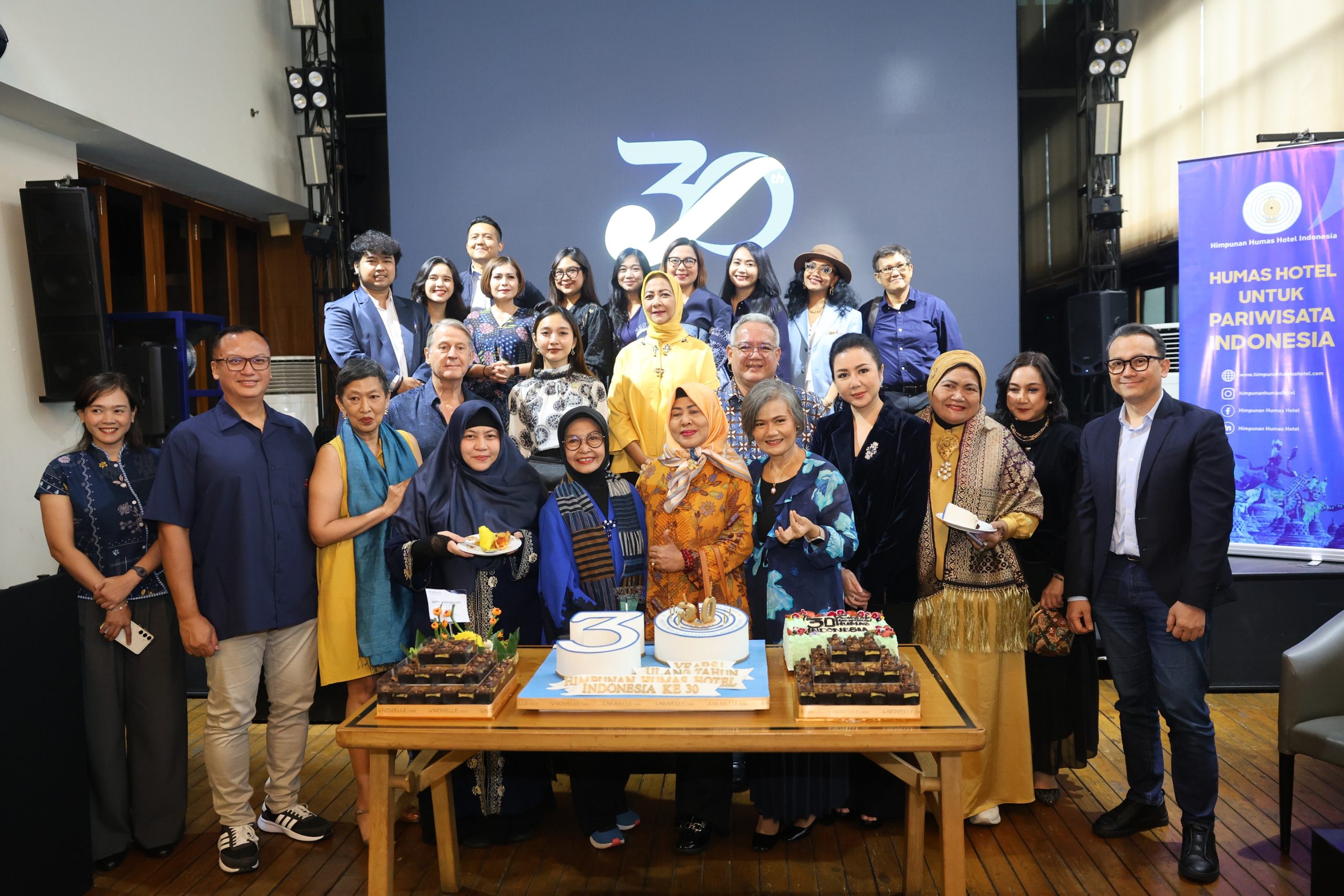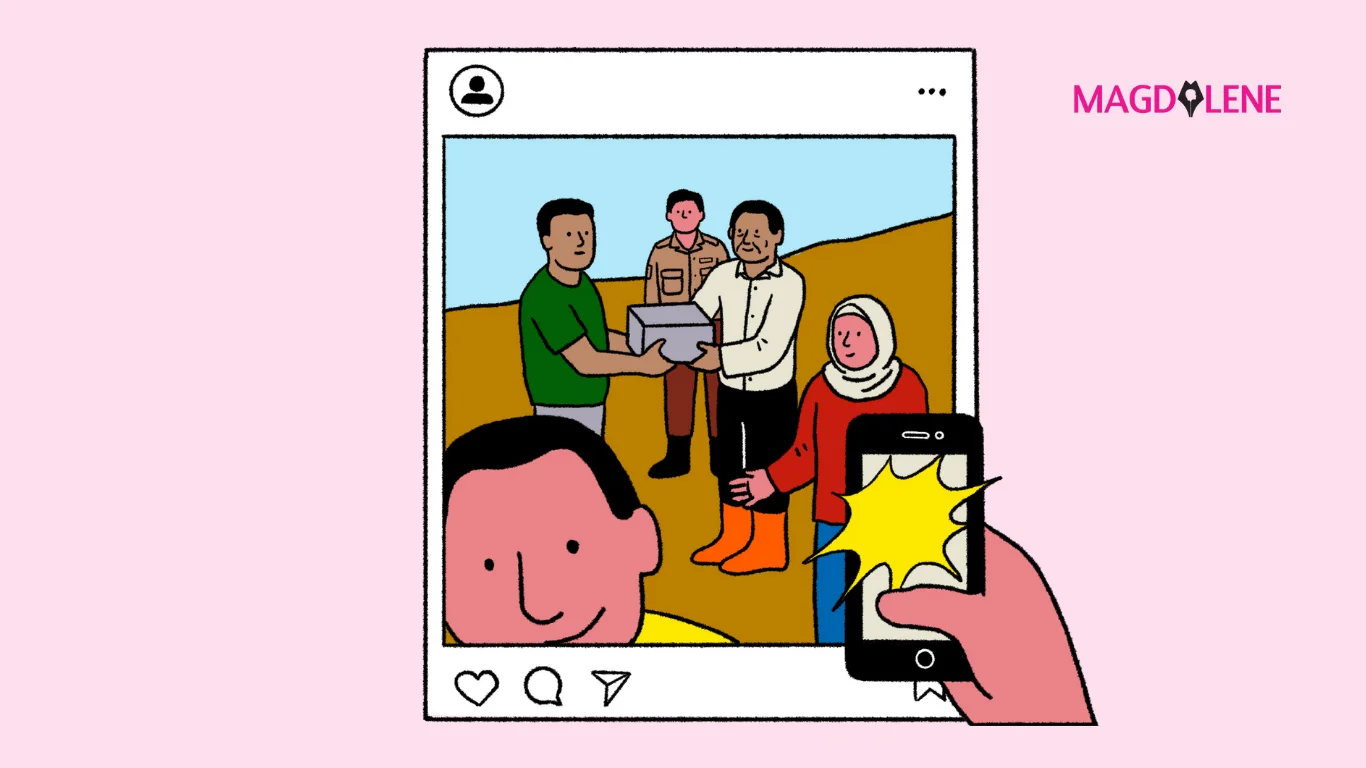How Indonesian School System Segregates Believers
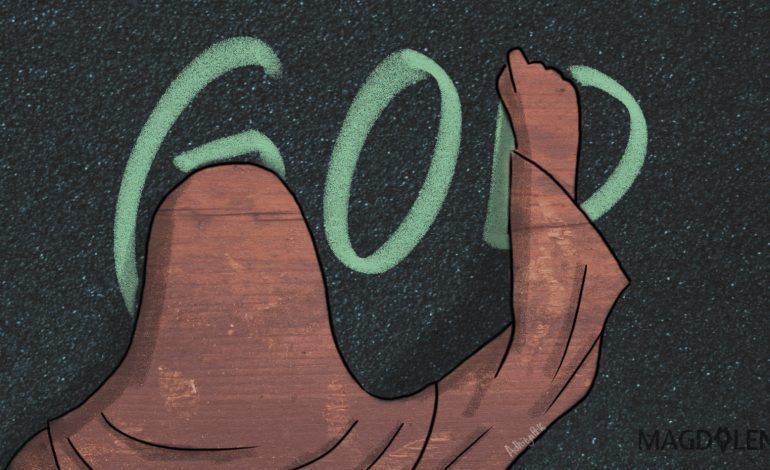
I used to attend an all-Muslim school in my early years. There we did many things “Islamic”: the girls were obliged to cover their hair and once a week we were taught about the history of the Prophet and the glory of the Islamic civilizations.
Since everyone was of the same faith, I had never seen anyone at school making gesture in the shape of a cross across their chest before the class started. It was also a foreign idea for me back then to imagine that there were people in this world who are actually prohibited from savoring beef-based dish. Islam is the only religion we understood.
Attending a religious school was a good thing to some extent, because it exposed me, as a believer, to good Islamic values at such early age, which laid the foundation for me to later develop and rethink them as I grew older. But, on the other hand, being surrounded by people of the same faith has blinded me, and others, to religious multiculturalism we encounter in real life.
We were told over and over again that our religion was the truest of all that some of us became very disdainful and irrationally scared of getting dirty, whenever encountering a term not in our religious dictionary. The word Christianity used to be akin to the F-word for us, and making fun of Jesus would be considered appropriate.
Later I found out from my other friends who attended more heterogonous public schools that faith-related mockery also existed outside the walls of religious schools. One time, a friend of mine was told that she would burn in hell unless she converted.
In reality, diversity should not be a foreign concept for most Indonesians. People as young as schoolchildren have been exposed to diversity, from their neighborhood and from schoolbooks. This raises the question: why do the schoolchildren – who are supposedly pure hearted and innocent – treat other adherents like they were aliens, and declare that hellfire awaits them?
One of the main reasons, I believe, lies in an education system with a curriculum that focuses on “knowing the what’s” instead of “understanding the why’s and how’s”. When it comes to religious diversity, schoolchildren know that there are Muslims and Christians and Buddhists, they know the name of other religions’ houses of worship, but they have no idea why their followers wear different religious symbols, or how all faiths believe in respecting men of all kind.
Religious subjects are still taught exclusively to its adherents – thanks to our constitution on national education system – keeping “the others” outside their reach and creating an even bigger gap among different believers.
The perpetuation of this segregation of believers is (unintendedly) supported by the local school system (in which ironically only reflects the fact that is a “normal” practice in society!). We see how most state schools in Indonesia are very Muslim-dominated, that prayers are often led in the Islamic way – rather than a universal one – to which the minority groups have to conform.
This condition would likely justify the dominance of a certain faith and perpetuate the underrepresentation of minorities. Today we also see that there are many faith-based groups in junior and senior high schools, and despite the common ground of love and peace they all agree upon, the discourse of tolerance is only taught and spoken of within their walls.
These groups create many religious events whose participation is restricted to a certain faith – retreat night for Christians and prayer gathering for Muslims, for example – but, strangely, no faith-based events open for all believers as an arena to understand each other. In practice, they are never seen to be “in contact” with other faith-based club members in promoting interreligious tolerance.
Being so used to be segregated by beliefs, it is no wonder that schoolchildren tend to magnify the theological differences each other has than to pose similarities such as on the ideas love, respect, and peace – aspects that are way more important in creating an inclusive social life. This “us-versus-them” point of view is what catalyzes intolerance that later leads to “othering” and faith-based mockery.
In her article “A Case for Pluralism in the Schools”, published in The Phi Delta Kappan magazine, social scientist and professor in multicultural education Christine Bennett wrote: “… we are greatly in need of a curriculum that builds understanding of each of our cultural orientations and fosters intercultural understanding.”
The implementation of the curriculum she argued for can take many forms: from reducing the dominance of a certain faith in schools, arranging school trips to different religions’ houses of worship, or engaging believers of different faiths in an interfaith event.
Nevertheless, this idea of interfaith understanding among schoolchildren, of course, still faces many criticisms. Many claim that introducing the values of one faith to another is never a good idea, fearing it would erode “religious purity”. People are afraid that by being tolerant and exposed to other beliefs, children will stray too far from their own religious teaching.
But refusal to understand other beliefs creates a mental state that the late Gus Dur calls “mental banteng” (the bull mentality). It’s a condition in which believers of a faith build walls around them and are very defensive of foreign ideas. People with this mental state are highly reactive to any kind of new ideas, and their close-mindedness is a peril to social integration. This is not what we expect from our young generations.
To deny multiculturalism in Indonesia is to deny fact. Instead of constantly being told about the differences between religions, children should hear more about how they are more alike. Focusing too much on religious differences only fosters and strengthens the sense of “other” between believers. Religious multiculturalism and pluralism should be cherished and embraced with love by children, like the colors of the paper rainbows on their classroom windows.
Amrina R. Wijaya is an undergraduate student at Universitas Gadjah Mada who is currently trying to prove that being a feminist, a pluralist, and a Moslem is not oxymoronic.

